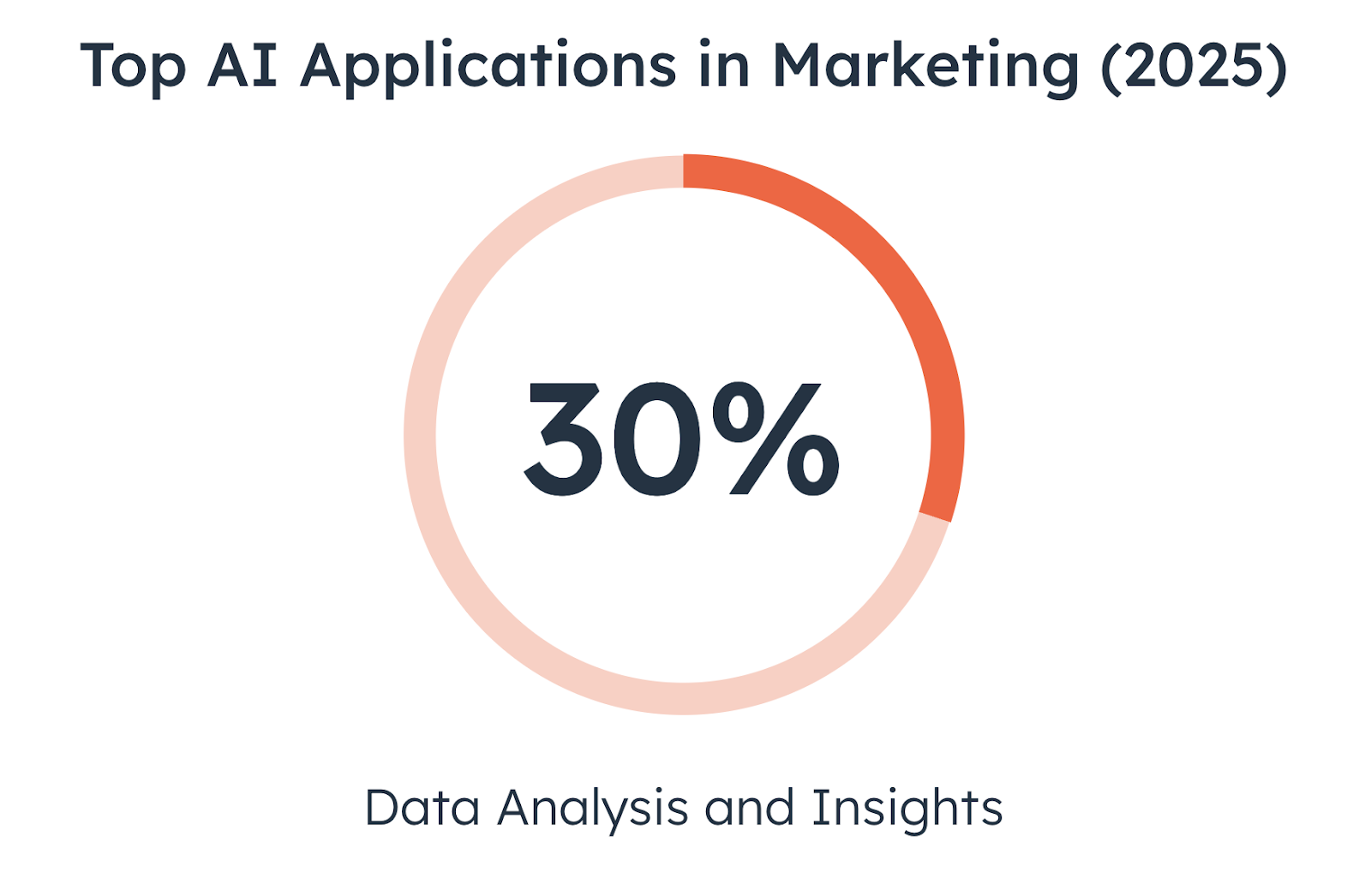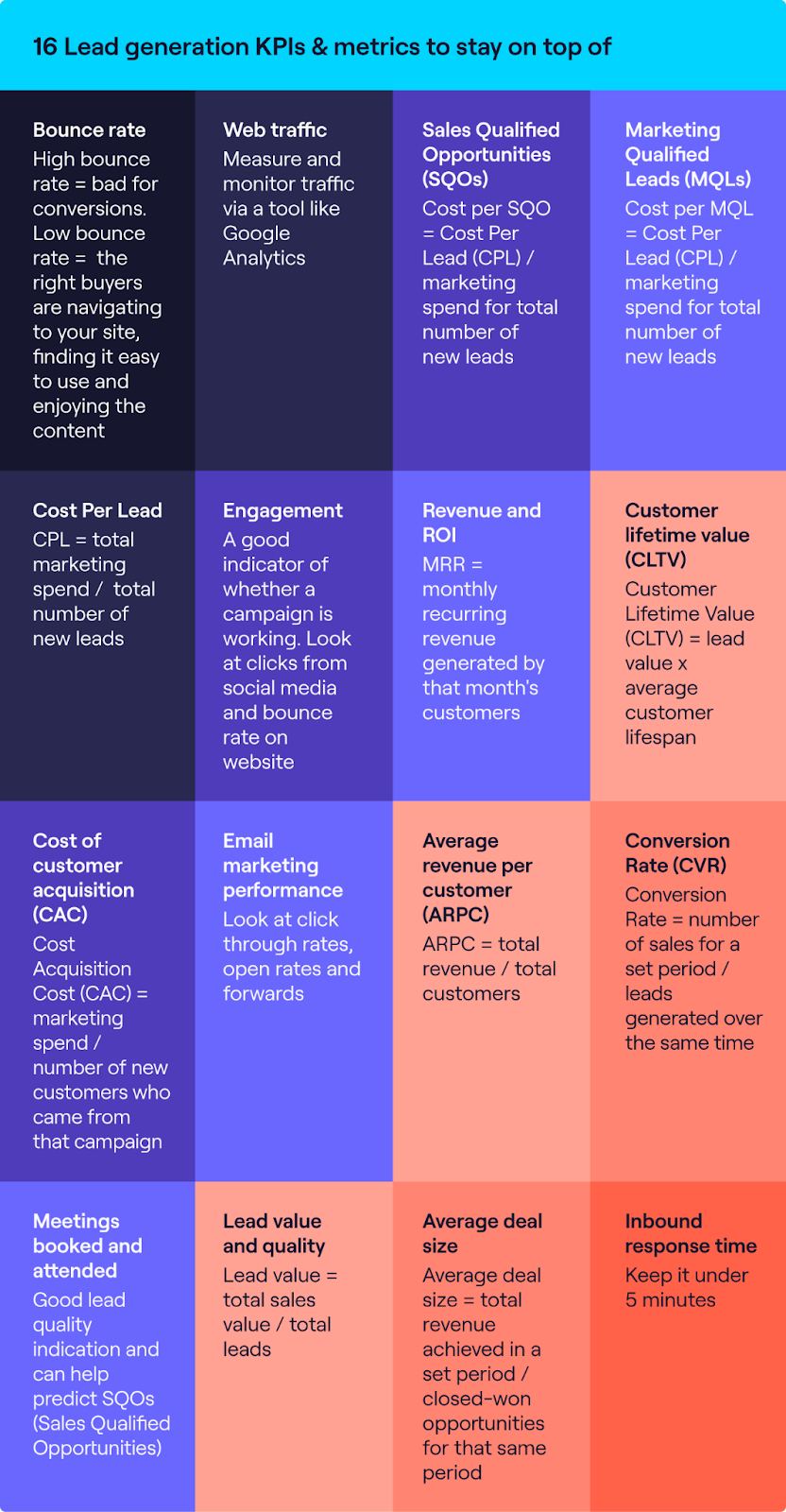How to Optimize Your Lead Generation Efforts with Data Analytics
Lead generation should never be a guessing game. If you’re still launching campaigns based on assumptions or legacy playbooks, you’re leaving money on the table. Today, high-performing sales and marketing teams rely on data to fine-tune their efforts, cut waste, and focus only on what works.
To optimize lead generation, you need more than access to data. You need a strategy for turning that data into action. Whether you’re refining your messaging, improving your outreach timing, or evaluating campaign ROI, analytics gives you the clarity to move with purpose.
Here’s how to use data to get better results across every stage of the lead generation process.
Quick Takeaways
- Data analytics gives you the clarity to refine and improve lead generation outcomes.
- Focus on KPIs that reflect pipeline performance—not vanity metrics.
- Use behavioral data to prioritize leads showing real interest.
- Predictive models help you target the right prospects from the start.
- Monitor campaigns in real time and adjust based on what works.
- Align marketing and sales teams by sharing lead performance data.
Why Data-Driven Lead Generation Matters
Running a campaign without data is like cold-calling without a script. You might get lucky, but you’re not building a repeatable process.
Data analytics helps you spot trends, identify patterns, and eliminate wasted effort. It gives you insight into which tactics are actually delivering qualified leads and which are just eating up your budget. You can see how different channels perform, which messages get attention, and where leads tend to drop off.
Once you start measuring with intent, you’ll stop making blind decisions. You’ll build your campaigns around evidence, not gut feel.
In fact, 30% of all AI applications in marketing are now focused on data analysis and insights. This is proof that marketers are doubling down on analytics to drive more efficient and effective lead generation.

Start with the Right KPIs
Optimizing lead generation starts with knowing which metrics matter.
Not all KPIs offer meaningful insight. Vanity metrics, like impressions or raw clicks, might look good in a report, but they don’t always reflect actual pipeline growth. Focus on metrics that connect to business outcomes, like:
- Cost per lead (CPL)
- Conversion rate by channel
- Lead-to-MQL ratio
- MQL to SQL progression
- Pipeline influenced by campaign

These indicators help you evaluate the true performance of your efforts. When something shifts, positively or negatively, you’ll catch it early and make informed changes.
Use Behavioral Data to Qualify Leads Faster
Not all leads are created equal. Some are just browsing. Others are ready to buy.
Behavioral data helps you tell the difference. Website visits, email opens, form submissions, webinar sign-ups—these actions reveal who’s actually engaging. When you combine these signals with demographic or firmographic data, you get a more complete picture of lead quality.
Lead scoring models use this data to prioritize outreach. Instead of reaching out to every new contact, your reps can focus on those who show buying intent. That speeds up your sales cycle and increases close rates without burning out your team.
Refine Your Targeting with Predictive Analytics
Past behavior can help you forecast future success. That’s the foundation of predictive analytics.
By analyzing historical data from your CRM, campaigns, and closed-won opportunities, predictive tools can identify patterns in your best leads. From there, you can build models that flag lookalike leads—those who are likely to convert based on similar traits or behaviors.
This allows for tighter segmentation and smarter targeting. You’ll stop wasting resources on leads that were never a good fit and focus on those with the highest potential.
Improve Campaign Performance in Real Time
Campaigns shouldn’t run on autopilot. With access to live data, you can optimize while the campaign is still active.
Look at open rates, click-through rates, conversion points, and drop-off patterns. If a certain subject line isn’t pulling interest, test a new one. If one landing page converts at double the rate of another, shift more traffic toward it. If a particular channel underperforms, reallocate budget toward a higher-performing one.
The more agile your response, the more value you get out of every campaign. Data doesn’t just tell you what happened. It helps you improve what’s happening now.
Connect Marketing and Sales Data
One of the biggest barriers to lead generation performance is misalignment between marketing and sales. If the two teams don’t share data, you can’t optimize effectively.
Marketing needs to know which leads convert. Sales needs to know where those leads came from. When both sides have visibility into the same data, (lead status, engagement history, close rates) it becomes easier to agree on goals and work together to improve results.
You’ll also waste less time debating lead quality and spend more time creating a system that consistently delivers.
Take Control of Lead Generation with Televerde
Using data doesn’t just help you improve performance. It helps you build a repeatable, scalable strategy for growth.
When you apply analytics at every stage, from prospecting to qualification to conversion, you reduce guesswork, identify your strongest opportunities, and respond quickly to what the data is telling you.
This approach doesn’t require fancy tools or massive budgets. It just requires a commitment to working smarter, using the information you already have to make more informed decisions.
Ready to get more from your lead generation strategy? See how Televerde helps B2B teams use data to qualify leads faster, improve targeting, and drive better results. Explore our services today.

